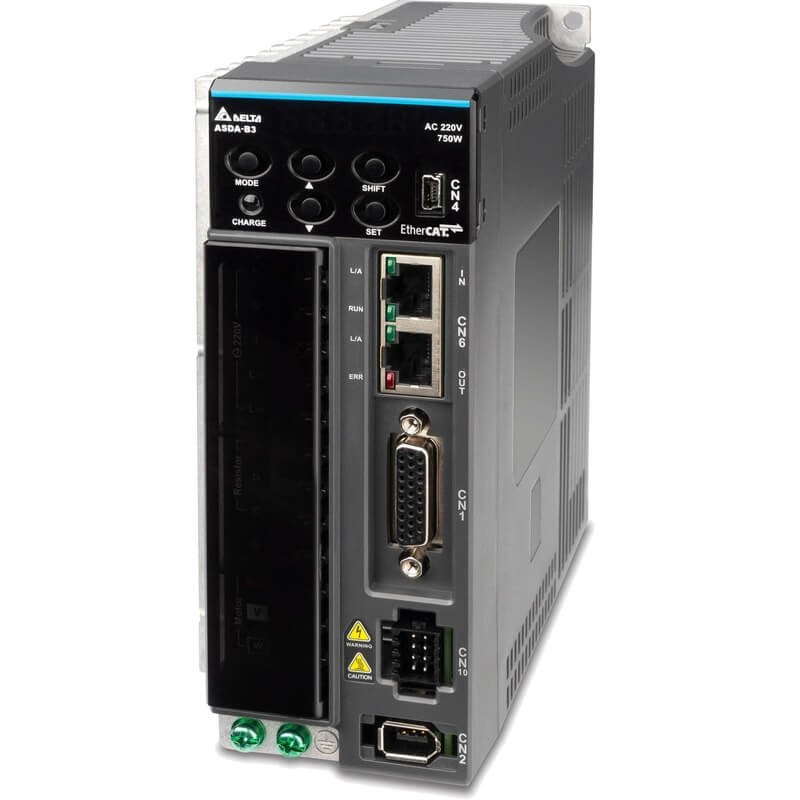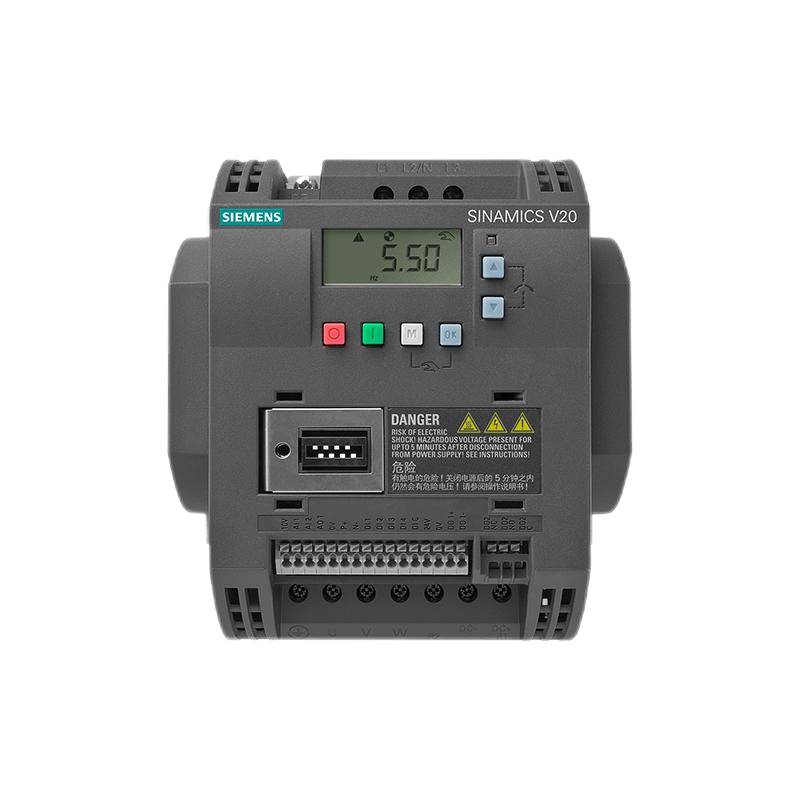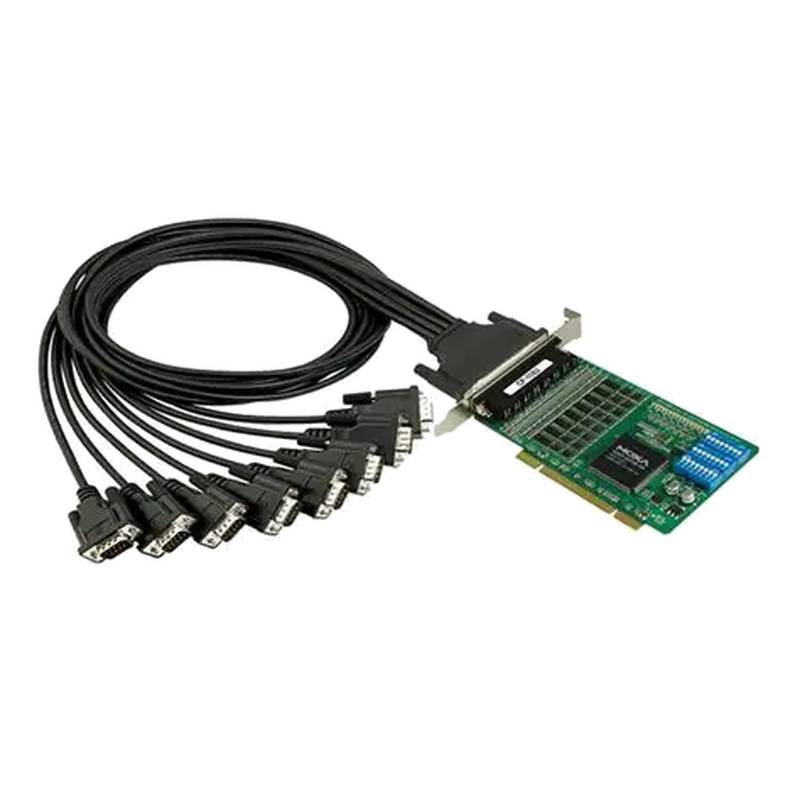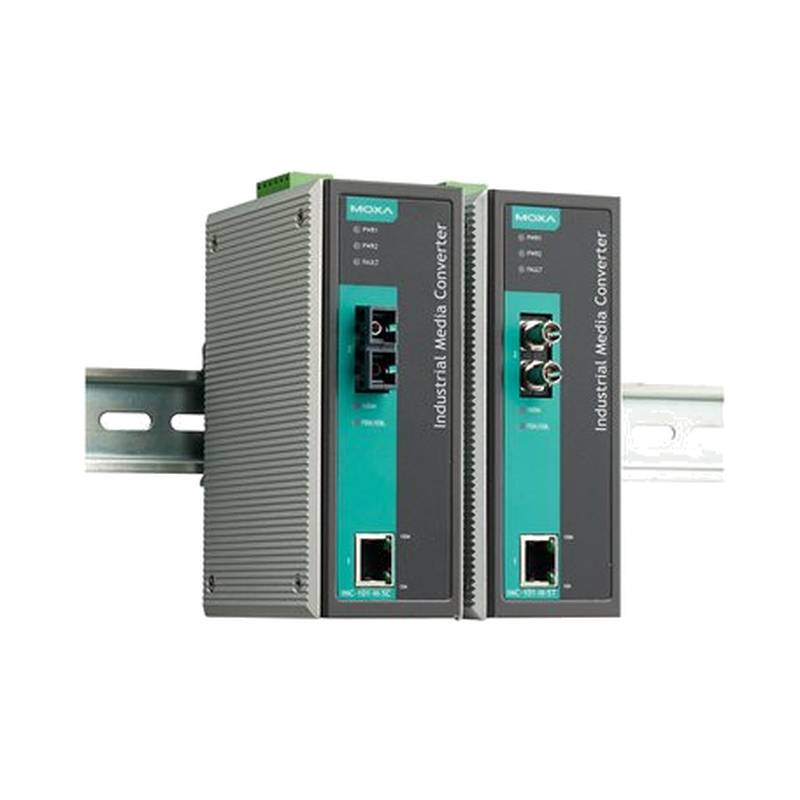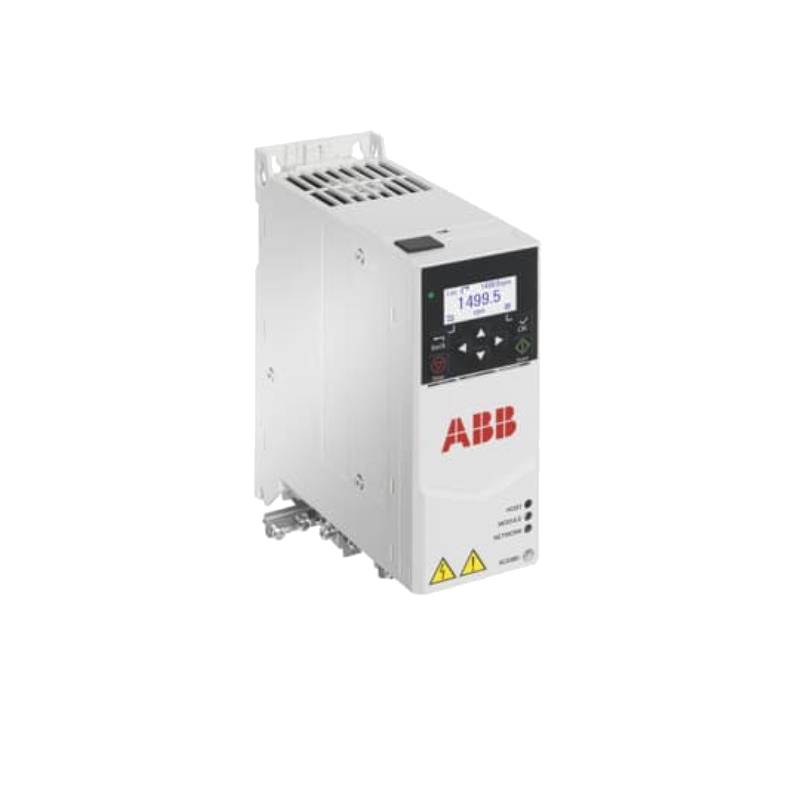
The Delta ASD-B3A-0421-E High Performance Precision Control Servo Drive System stands as a pinnacle of motion control technology, engineered for demanding industrial automation applications. This sophisticated servo drive system delivers unparalleled precision, rapid response, and robust performance, making it an ideal choice for intricate manufacturing processes. Its advanced features ensure exceptional accuracy and reliability, directly translating to enhanced productivity and superior end-product quality for users. Key technical specifications include a 400W output power, 2.3A rated current, and a wide voltage input range of 200-230V AC, supporting seamless integration into diverse power infrastructures.
Product Specifications
| Feature | Specification |
| :------------------ | :----------------------------------------------- |
| Model | ASD-B3A-0421-E |
| Rated Output Power | 400W |
| Rated Output Current| 2.3A |
| Input Voltage | 200-230V AC |
| Communication | CANopen, EtherNet/IP, Modbus TCP (with modules) |
| Control Modes | Position, Velocity, Torque, Homing |
| Encoder Interface | Incremental, Absolute (various protocols) |
| Protection Features | Overcurrent, Overvoltage, Overtemperature, etc. |
Core Features & Market Positioning
The Delta ASD-B3A-0421-E distinguishes itself through its high-speed digital signal processing and advanced control algorithms, enabling sub-millisecond response times crucial for high-precision tasks. Its adaptive gain tuning simplifies setup, allowing the drive to automatically optimize performance based on motor characteristics and load inertia, a significant competitive advantage in complex machinery. This drive's robust build quality and comprehensive protection mechanisms, including overcurrent, overvoltage, and overtemperature safeguards, underscore Delta's commitment to reliability in harsh industrial environments. Market positioning is firmly established as a premium solution for applications demanding the utmost in motion control accuracy and efficiency.
Key Application Scenarios
This servo drive system excels in a wide array of demanding industrial applications. Its precision makes it indispensable for high-speed pick-and-place operations in electronics manufacturing and assembly lines. In the packaging industry, the ASD-B3A-0421-E facilitates intricate cutting, filling, and sealing processes with exceptional accuracy. Furthermore, its robust performance is leveraged in CNC machinery and robotics, where precise trajectory control and dynamic responsiveness are paramount for complex machining and repetitive tasks. The drive's versatility also extends to material handling systems and automated warehousing solutions requiring exact positioning and speed control.
Practical System Integration Guidance
Integrating the Delta ASD-B3A-0421-E servo drive system into existing automation architectures is streamlined through its versatile communication interfaces. The drive supports industry-standard protocols such as CANopen and EtherNet/IP, facilitating straightforward connectivity with various PLCs and industrial controllers. Proper wiring is critical; ensure the power supply, motor, and encoder connections adhere strictly to the manual's specifications to prevent damage and ensure optimal performance. Initial commissioning typically involves setting basic parameters through the Delta ASDA-B3 software, including motor identification, control mode selection, and I/O configuration.
Operation and Risk Mitigation
Safe and efficient operation of the Delta ASD-B3A-0421-E servo drive system necessitates adherence to best practices and awareness of potential operational challenges. Always ensure proper grounding and electrical isolation before powering up the unit. Familiarize yourself with the drive's fault codes, such as OC (Overcurrent) or OV (Overvoltage), as documented in the user manual, to facilitate rapid troubleshooting. Implementing regular maintenance checks and monitoring operating temperatures can proactively mitigate risks associated with component wear or environmental factors, ensuring sustained high performance and longevity.
Scalability & Long-Term Value
The Delta ASD-B3A-0421-E is designed with future-proofing in mind, offering excellent scalability and long-term value. Its modular design and support for multiple communication protocols allow for easy integration into expanding automation systems or upgrades to networked IIoT solutions. Compatibility with a broad range of Delta servo motors and other automation components ensures flexibility and avoids vendor lock-in. This focus on interoperability and adaptability means the drive can remain a central part of sophisticated automation infrastructure as technology evolves and production needs change.
Frequently Asked Questions (FAQs)
What are the primary advantages of the Delta ASD-B3A-0421-E servo drive?
The ASD-B3A-0421-E offers superior precision and rapid response times, essential for high-speed automation. Its adaptive gain tuning simplifies setup and optimizes performance automatically.
This drive ensures exceptional reliability and robust build quality, minimizing downtime in demanding industrial settings. It also provides comprehensive protection features against electrical faults.
The system supports multiple communication protocols, enabling seamless integration into diverse automation architectures and facilitating future upgrades.
How do I connect the Delta ASD-B3A-0421-E servo drive to a PLC?
Connect the drive to your PLC using supported industrial communication protocols like EtherNet/IP or CANopen. Ensure correct network cabling and addressing.
Refer to the Delta ASD-B3A-0421-E manual for specific wiring diagrams and communication module setup. Verify network configuration on both the drive and PLC.
Program the PLC to send motion commands (position, velocity, torque) to the servo drive and receive feedback as required for your application.
What are common troubleshooting steps for Delta ASD-B3A-0421-E servo drive faults?
First, consult the drive's error code displayed on the panel or via diagnostic software. Cross-reference this code with the user manual for specific fault explanations.
Check power supply stability, motor connections, and encoder signals for any loose wires or damages. Ensure the motor is correctly tuned and within operational limits.
Verify that environmental conditions (temperature, humidity) are within the drive's specified operating range. Reset the drive after addressing the fault, if appropriate.
Can the Delta ASD-B3A-0421-E servo drive be used with different motor brands?
While optimized for Delta servo motors, the drive can often interface with motors from other manufacturers. This requires careful matching of motor specifications and encoder types.
Proper configuration of motor parameters within the drive's software is crucial. This includes motor poles, rated voltage, current, and encoder resolution.
Always consult the drive's technical documentation and potentially the motor manufacturer for compatibility verification and any necessary adjustments.
What safety precautions should be taken when installing the ASD-B3A-0421-E?
Ensure the main power switch is OFF and locked out before performing any wiring or maintenance. Verify proper grounding of the drive and associated equipment.
Wear appropriate personal protective equipment (PPE), including safety glasses and insulated gloves. Avoid touching live terminals even after power-off due to residual charge.
Follow the installation guidelines in the manual precisely, especially regarding clearances and ventilation, to prevent overheating and ensure safe operation.
How does the adaptive gain tuning feature work on this servo drive?
Adaptive gain tuning allows the drive to automatically detect and compensate for system dynamics, such as motor inertia and load variations. This process optimizes control loop parameters.
The drive analyzes the system's response to commands and self-adjusts tuning values like P, I, and D gains for stable and precise motion control. This reduces manual tuning effort.
This feature is crucial for applications with changing loads or where precise tuning is difficult, ensuring consistent performance and reducing settling times.
What is the typical power consumption of the Delta ASD-B3A-0421-E?
The power consumption is directly related to the connected load and the motor's operating state. The drive's rated output power is 400W.
Peak power demand can exceed the continuous rating during acceleration or under heavy transient loads. The input voltage is 200-230V AC.
Consider the overall system power budget, including the motor, drive, and any auxiliary components, for accurate power planning.
How do I update the firmware on the Delta ASD-B3A-0421-E?
Firmware updates are typically performed using Delta's dedicated software tools, like the ASDA-B3 series utility. Connect the drive to a PC via USB or network interface.
Download the latest firmware version from Delta's official website. Follow the on-screen instructions within the software to initiate and complete the update process.
Ensure a stable power supply during the firmware update to prevent corruption. Do not power cycle the drive during the update procedure.
What are the encoder interface options for the ASD-B3A-0421-E?
The Delta ASD-B3A-0421-E supports a variety of encoder types, including incremental and absolute encoders. This ensures flexibility in feedback systems.
Various industry-standard absolute encoder protocols can be interfaced, providing high-resolution position feedback for critical applications. Check the manual for specific supported protocols.
Proper encoder connection and configuration within the drive's parameters are essential for accurate position control and system performance.
What applications benefit most from the precision control offered by this servo drive?
Applications requiring high-speed and high-accuracy positioning, such as automated assembly, electronics manufacturing, and precise dispensing systems.
Robotic arms and collaborative robots performing intricate tasks, or CNC machines demanding smooth, repeatable motion paths, greatly benefit.
Any process where minimal overshoot, rapid settling times, and tight positional tolerance are critical performance indicators will see significant advantages.














